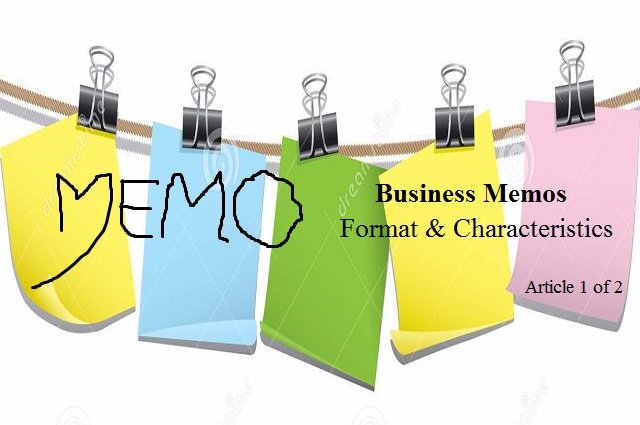Organised workplaces keep their communication organised. It is the adherence to the protocol and code of conduct that makes an organisation successful in its communication. When we start knowing the various tools of business or office communication, we find that there are two major categories of Official Communication:
- Intra-Office Communication (Internal Communication, Within the Organisation)
- Inter-Office Communication (External Communication, Outside the Organisation)
It is not simple and seems easy to understand the scope and functions of these two.
Inter-Office Communication is what an organisation will opt for when the receivers are outside its jurisdiction and are not in the same office. Inter-Office is like Inter-National. We understand that an International match is played between two different countries, having their separate constitutions and governments. The same applies to inter-office communication. Letters are used in this type of communication as they are considered to be more persuasive and informative communication tools. Letters of various types serve the same purpose of connecting the two unconnected entities. It is the communication that is more formal in content and writing style. When we use e-mail for the same purpose and between the same ‘inter’ offices, the letter-writing guidelines are kept in concern.
Intra-office Communication is ‘in-house’ communication. Within one office or organisation, where the employees are working under one Head and following the same rulebooks, formal tools like letters are not recommended to be used for communication. We can understand the need for ‘less formal and more direct’ communication within the same office to enhance responsiveness. Memo (Memorandum), Notice, Circular, etc., are the communication tools that are used the world over for Intra-office Communication.
We discuss BUSINESS MEMO (memorandum, plural Memoranda) here and attempt to learn the Memo Format and Characteristics.
Before we start our detailed deliberations on Business Memos, have a look at the following excerpts:
A memorandum is written not to inform the reader but to protect the writer.
Dean Acheson (1893 - 1971), U.S. Lawyer inthe Wall Street Journal
Memorandum: a written note or message giving information or issuing instructions. A memorandum is usually short, with details on who is sending the memo and to whom it should be distributed.
- A memo is written communication: a written communication similar to a letter but without the formal address blocks at the beginning, especially one that is circulated to people within an office or organisation
- Reminder: a note intended to serve as a reminder of something
©Microsoft ® Encarta
The memo is a short piece of writing generally used by the officers of an organisation for communicating among themselves.
- Used by a Person Known to the Receiver Personally
- Less Formal in Tone and Without Formal Elements, e.g. Salutation/Greetings/Complimentary Close or even Signatures at the end
- Short, in a Friendly Tone
USES:
- To Provide Information
- To Issue Instruction
- To Convey Policy Decision
- To Offer/Invite Suggestion
- To Record/Report an Agreement
- To Establish Accountability
- Helps you to avoid meeting personally when necessary
Basic Principles and Characteristics:
- Necessary and Sufficient Information
- Do not assume that Everyone knows Everything related to the issue discussed in the Memo
- Be Clear, Concrete and Specific
- Easy-to-Understand
- Explain with Ease and Co-operation
- NO Emotional Appeal
We come across this term (Memorandum) in daily life when we see a delegation going to administration heads and giving them a letter of demands. These demands are not some new things, but the same that are supposed to be fulfilled dutifully. As the system is not in support, the representative hands over a ‘memorandum’ of demands.
Inputs from MS Encarta, R.C. Sharma & Krishna Mohan and EklavyaParv







